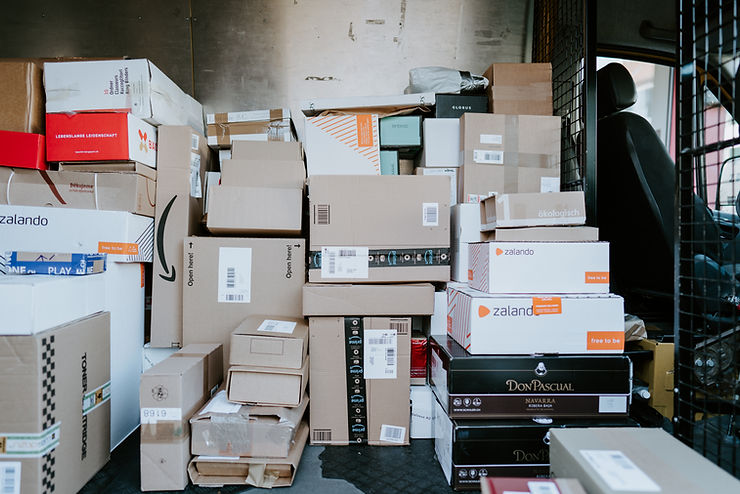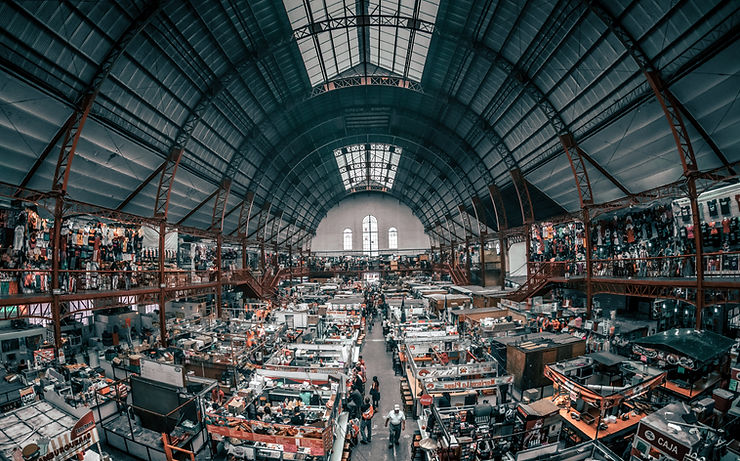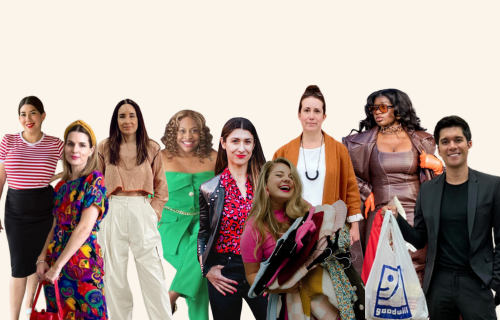Here's What Really Happens When You Make A Return
We’ve all been there: you choose the perfect pair of leggings online and finally buy them after debating the purchase for a few days. After waiting the prescribed 8-10 days for your prized package to come in, you try them on and, ugh, they’re a size too big! So, you pack them up in the box they came in because, luckily, the online retailer you chose has free returns. And voila! The leggings are out of your apartment, the $$ is back in your bank account, and it’s like nothing ever happened.
Just like magic, right? Well…not exactly.

As ecommerce has grown and return guidelines have become more lenient and user friendly, returns in the US have skyrocketed. And, while we watched the retail return trend line tick steadily upwards, the COVID-19 pandemic created a mindset where consumers treat their homes as in-store fitting rooms and the packages sent to their doors as the start of the shopping experience instead of the end result. This at-home dressing room phenomenon has undoubtedly impacted the retail industry and, unfortunately, has added to the already existing environmental and logistical problem of returns.
"The COVID-19 pandemic created a mindset where consumers treat their homes as in-store fitting rooms"
Let’s start with the facts:
- In 2021, US consumers returned 16.6% of total merchandise (a massive jump from 2020’s average return rate of 10.6%).
- In 2021, ecommerce sales accounted for ~23% of the US retail market equating to over $1 trillion of the ~$4.6 trillion dollar US retail industry.
- Specifically in terms of returns, 20.8% of all ecommerce sales in the US were returned in 2021.
So, while we might not want to admit it, returns are a huge piece of the American shopping puzzle AND returns are growing exponentially as ecommerce continues to expand.
But, while free returns are super easy for the consumer, retail companies still need to manage the billions of returns sent back to their stores or warehouses. The process of dealing with returns is actually pretty complicated.

Let’s talk about the importance of supply chains. With retail there are two types of logistics: forward logistics and reverse logistics. Forward logistics is pretty intuitive and focuses on getting apparel from the retailer to the consumer. For example , think about an item leaving a Madewell warehouse, getting on a UPS truck to your mail carrier and then ultimately getting delivered to your house. Reverse logistics on the other hand is much more complicated to manage.
Reverse logistics encompass all of the magical free returns that we love. The rejected items are individually collected by mail services and brick and mortar stores where they then go to sorting facilities. This is where the real grunt work begins. The workers at the sorting facilities must decide just how worn the product actually is. And this job is really tough. How can one person objectively tell if a dress has only been worn once?
In reality, most online returns do not end up back on the racks where you found them. For lots of companies (especially fast fashion retailers) there is not much of a financial benefit to putting returned clothes back into supply streams because their margins are already so slim. The amount of time and money that it costs to bring a $15 fast fashion dress back into its relevant supply chain stream can cost a brand like FashionNova or Shein $10 before shipping. And, by the time that dress is shuffled back in stock, consumer’s preferences may have shifted and trend-lines may have made your dress irrelevant and unsellable.

So, unfortunately, about 25% of returned goods are thrown away and piled up in landfills. A small percentage of returned goods are placed neatly back in stock, and others are sold to third-party retailers or held by the retailers in huge warehouses.
At Beni, we put into practice a goal of a circular retail economy because the most sustainable thing consumers can do is keep already existing clothes in existence, relevant, and worn. But the concept of returns rattles the circular economy ideology. Consumers are trying to put the clothes that they do not want to keep back into the clothing economy, but, when over 25% of retail returns are dumped into a landfill, there is a good chance that your return did not make it back into the shelf it came from. It’s tough to demystify the magic of free returns, but while simple for the consumer, the environmental impact that putting the item back into circulation requires is just not magical.
But there are solutions!
First, returning goods in brick and mortar stores actually increases the chance that your Madewell jeans you tried on get put back on the shelves for the next person. So, try to return items that you purchased online back to your nearest brick and mortar store!
Second, many retailers are working with companies like Optoro and Navar that help retailers manage their returned goods in a more organized, environmentally-friendly way. The reverse logistics side of the supply chain is being studied more and more as ecommerce and returns continue to grow, which means that ~hopefully~ retailers will adjust their return management based on the new information that comes out about reverse logistics.
Finally, we need to make sure that we are really considering our purchases. We should try to do our best to buy clothes that we think we will love and wear for years to come! While sizing online can be an issue, try to do your research on the item’s fabric, look at consumer reviews, sizing guides, and overall quality before pressing the “buy” button.
While we tend to think that the logistics of free returns are the retailer’s problem, we can actually help mitigate the environmental impact of returns as consumers through conscious shopping and returning clothes in-person to brick and mortar stores.
Make sure to check out Knowledge at Wharton's podcast episode with marketing professor Thomas S. Robertson to learn more about research within the retail returns industry.



